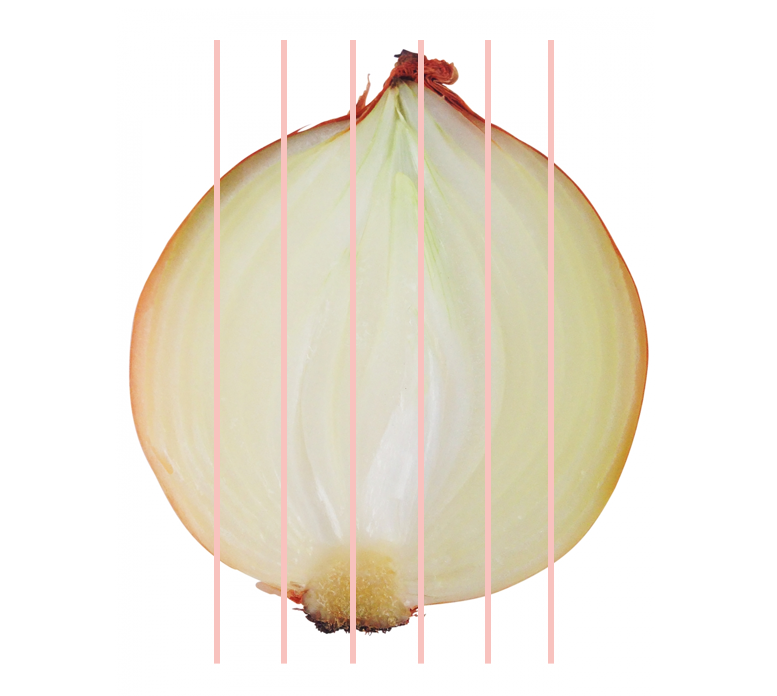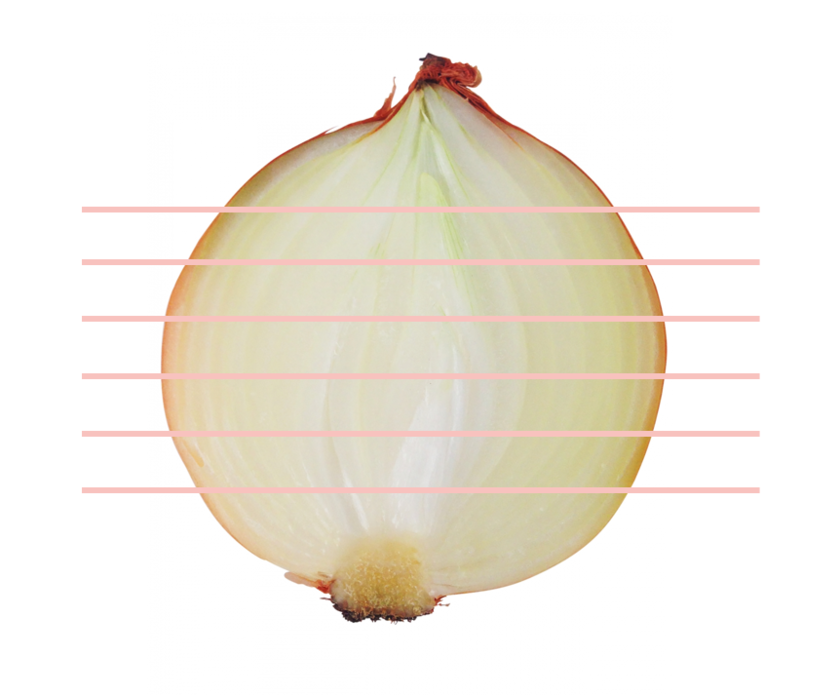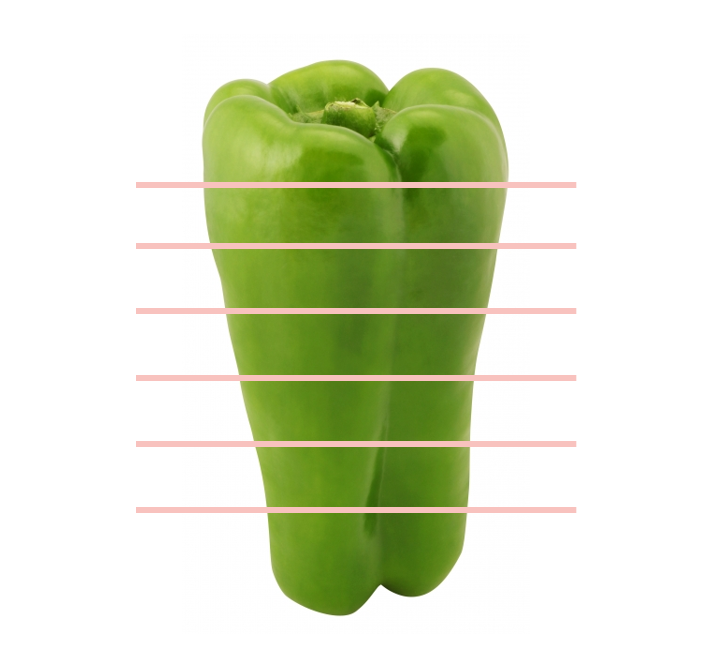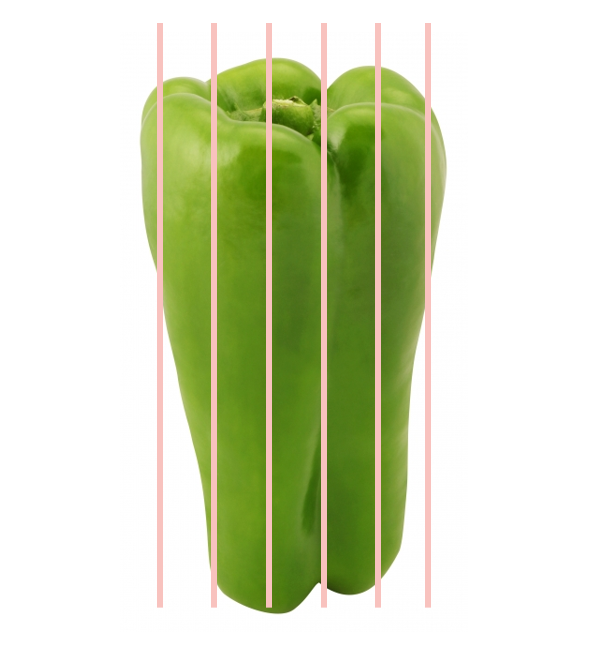
"I Want to Be a Great Cook! The Essential Cutting Techniques for Each Vegetable That Make All the Difference"
2021.06.12 published
I Want to Become a Great Cook ♡
To all the brides-to-be, are you good at cooking?
On anniversaries and event days, it's great to be able to make a slightly elaborate menu, and
in daily life, be able to whip up a dish quickly with leftovers from the refrigerator...
I admire those smart and skilled women in the kitchen ♡
However, there may be those who haven't done much cooking for themselves in their lives.
I feel like it's fine to follow a home cooking book for simple dishes, but...
What should beginner cooks pay attention to?

Focus on "How to Cut Ingredients!"
If you're determined to start cooking for yourself, one important point to pay attention to is "how to cut vegetables" ♡
In recipe books, it often states,
"Cut xx into bite-sized pieces"
"Slice xx thinly"
but it can be hard to understand precisely how to cut them.
(I think many people have cut without thinking about it!)

In fact, depending on how vegetables are cut, the taste and likelihood of them falling apart when cooked can change.
Skilled home cooks have the appropriate cutting methods for different menus in their minds without needing each instruction from recipe books ♩
In this article, I will introduce four types of commonly used ingredients in home cooking, where the outcome can greatly differ based on how they are cut:
☑ Onion
☑ Bell Pepper
☑ King Oyster Mushroom
☑ Napa Cabbage
Let's get started! ♡

Mastering Vegetable Cutting! ① Onion
Onions are versatile vegetables that can be used in stir-fries, stews, salads, and more.
The key point when cutting an onion is the direction of the fibers.
As shown in the image, onion fibers run vertically.
If you cut along these fibers, they will remain intact, making them less likely to fall apart when cooked and retaining the texture of the onion.
For stir-fries and soups, it's recommended to cut along the fibers, resulting in a crunchy texture.
For stews and dishes that require longer cooking times, cut them into wedges along the fibers to prevent them from falling apart.

Conversely, if you cut horizontally, as in the image, you will cut through the onion's fibers.
Cutting through the fibers causes the cells to break, making the texture softer and allowing it to cook faster ♡
This method is suitable for dishes where you want to enhance the sweetness of the onion, such as curry and hayashi rice.
Additionally, when eaten raw in salads, cutting horizontally is also the way to go. The pungent compounds in the onion will release, reducing the smell and making it easier to eat.

Mastering Vegetable Cutting! ② Bell Pepper
Next is the bell pepper! Since the fibers in bell peppers also run vertically, the way you cut them—either vertically or horizontally—can affect their taste.
As shown in the image, cutting into rings or julienne cuts horizontally damages the fibers and cells, thus intensifying the bitterness of the bell pepper.
Additionally, cutting across the fibers allows it to cook more quickly, resulting in a softer texture.

In contrast, cutting vertically along the fibers minimizes damage to the cells, keeping bitterness to a minimum.
You can also enjoy the crunchy fibrous texture this way.

Mastering Vegetable Cutting! ③ King Oyster Mushroom
Moving on to king oyster mushrooms, which are high in dietary fiber!
The main part that you will eat has fibers running vertically.
Cutting vertically allows you to enjoy a firm texture.
This method is great for grilling, stir-frying, or sautéing.
Moreover, if you cut along the fibers, you can easily tear them apart by hand, eliminating the need for a knife.
This allows for quick absorption of flavors, making it great for dishes like tomato stews, marinades, or stir-fries.

Conversely, cutting horizontally will sever the fibers in the king oyster mushroom. Slices will visually resemble scallops.
This approach increases the mushroom's ability to absorb oil and moisture, making it suitable for soups and stews.
Additionally, cutting the mushrooms into dice offers a great crunchy texture unique to king oyster mushrooms.

Mastering Vegetable Cutting! ④ Napa Cabbage
Finally, let’s talk about how to cut napa cabbage, which is versatile in both Japanese and Western dishes.
Cutting napa cabbage horizontally, severing the fibers, makes it soft and easy to cook.
It's perfect for miso soup and hot pot, as it absorbs flavors well, also making it suitable for pickling.
When cutting large pieces, known as "zaku cut," it is also cut horizontally as shown in the image.
Furthermore, thinly slicing the core of the cabbage diagonally, known as “sogi cut,” increases the surface area for better cooking.

When cutting along the fibers vertically, as in the image, you can enjoy the crunchy texture of the napa cabbage.
This method is recommended for dishes like salads or stir-fries where a firm texture is desired.

Master the Cutting of Vegetables and Aim to Become a Great Cook ♡
I've introduced cutting techniques for four types of ingredients commonly found in home cooking.
It’s fascinating that the direction of the knife can change the taste and texture, isn’t it?
Since many recipes don’t specify the cutting direction, please keep this in mind when you start cooking at home.

![marry[マリー]](https://imgs.marry-xoxo.com/assets/marry_logo-e3a503203d635925f956631f4df079fe97f587ed360274455ead4fe26052b631.png)
 結婚式DIY
結婚式DIY
 ペーパーアイテム
ペーパーアイテム
 通販
通販
 ウェディングアイテム
ウェディングアイテム
 コラム
コラム
 ウェディングケーキ
ウェディングケーキ
 お金・節約
お金・節約
 髪型・メイク
髪型・メイク
 ドレス
ドレス
 和装
和装
 前撮り・ウェディングフォト
前撮り・ウェディングフォト
 靴・アクセサリー
靴・アクセサリー
 ブーケ
ブーケ
 挙式
挙式
 披露宴
披露宴
 ウェルカムスペース・装花
ウェルカムスペース・装花
 引き出物・ギフト
引き出物・ギフト
 BGM・ムービー
BGM・ムービー
 二次会
二次会
 ラブラブ結婚生活
ラブラブ結婚生活
 プロポーズ
プロポーズ
 顔合わせ・結納
顔合わせ・結納
 入籍
入籍
 式場探し
式場探し
 ハネムーン
ハネムーン
 ネイルアート
ネイルアート
 指輪
指輪
 美容
美容
 新郎
新郎
 両家家族(親族)
両家家族(親族)
 ゲスト
ゲスト
 韓国風
韓国風




